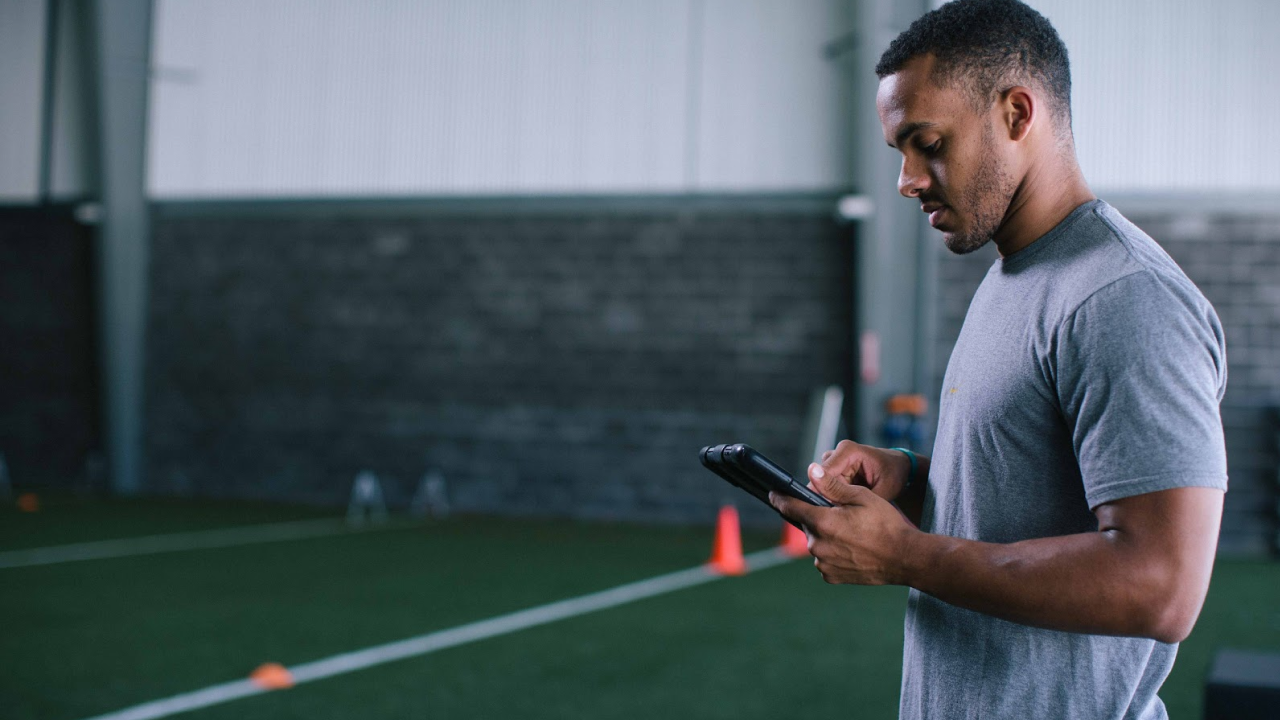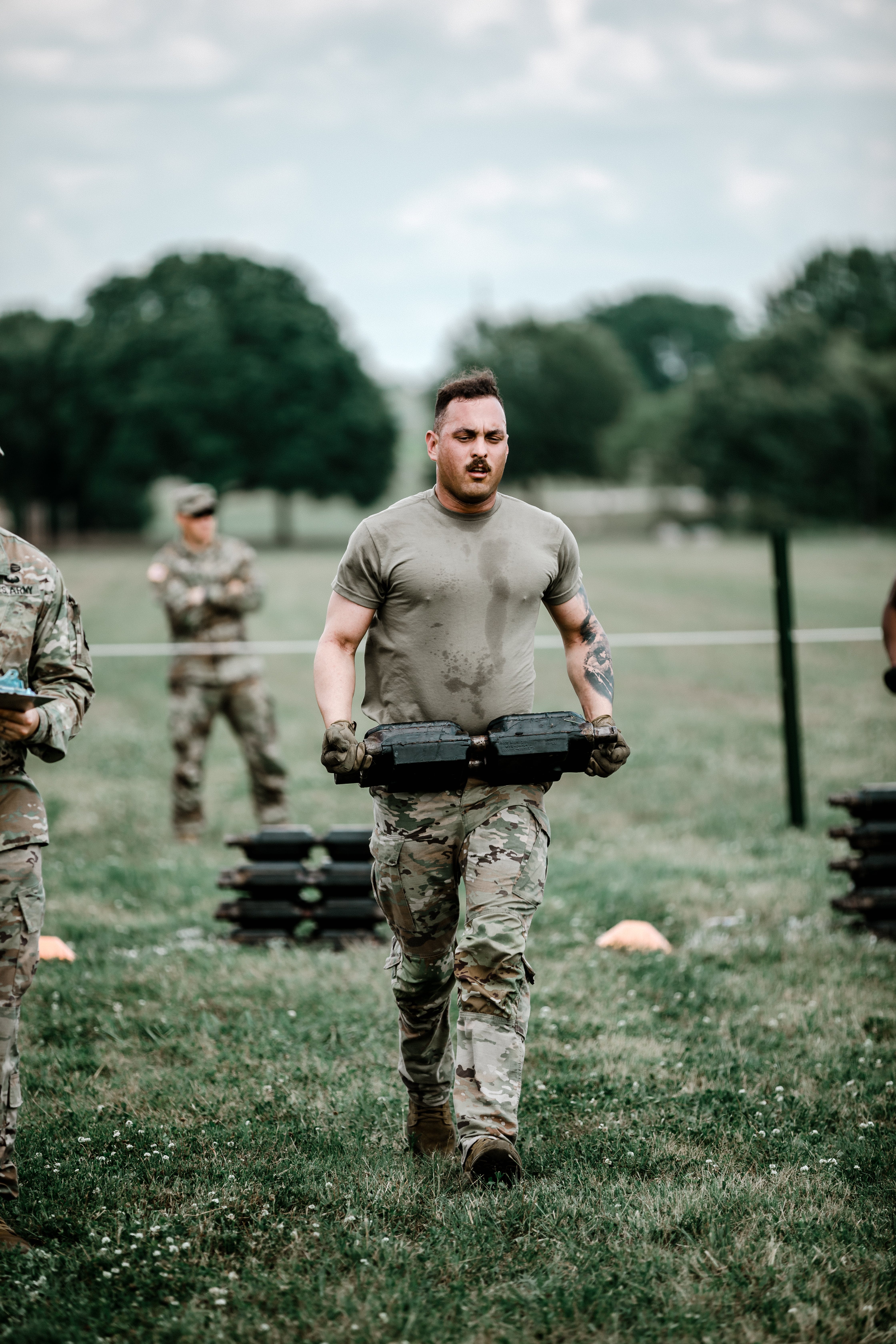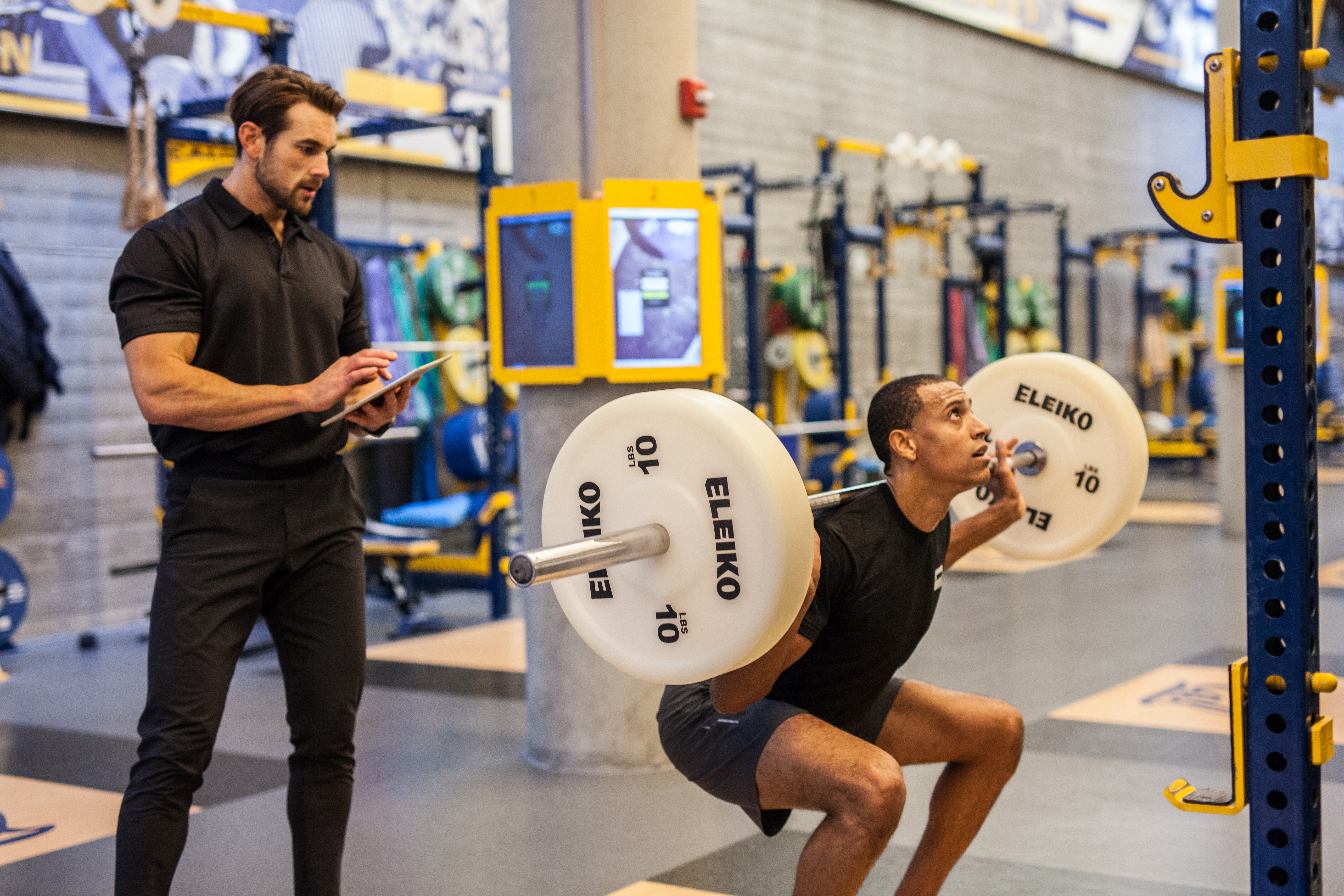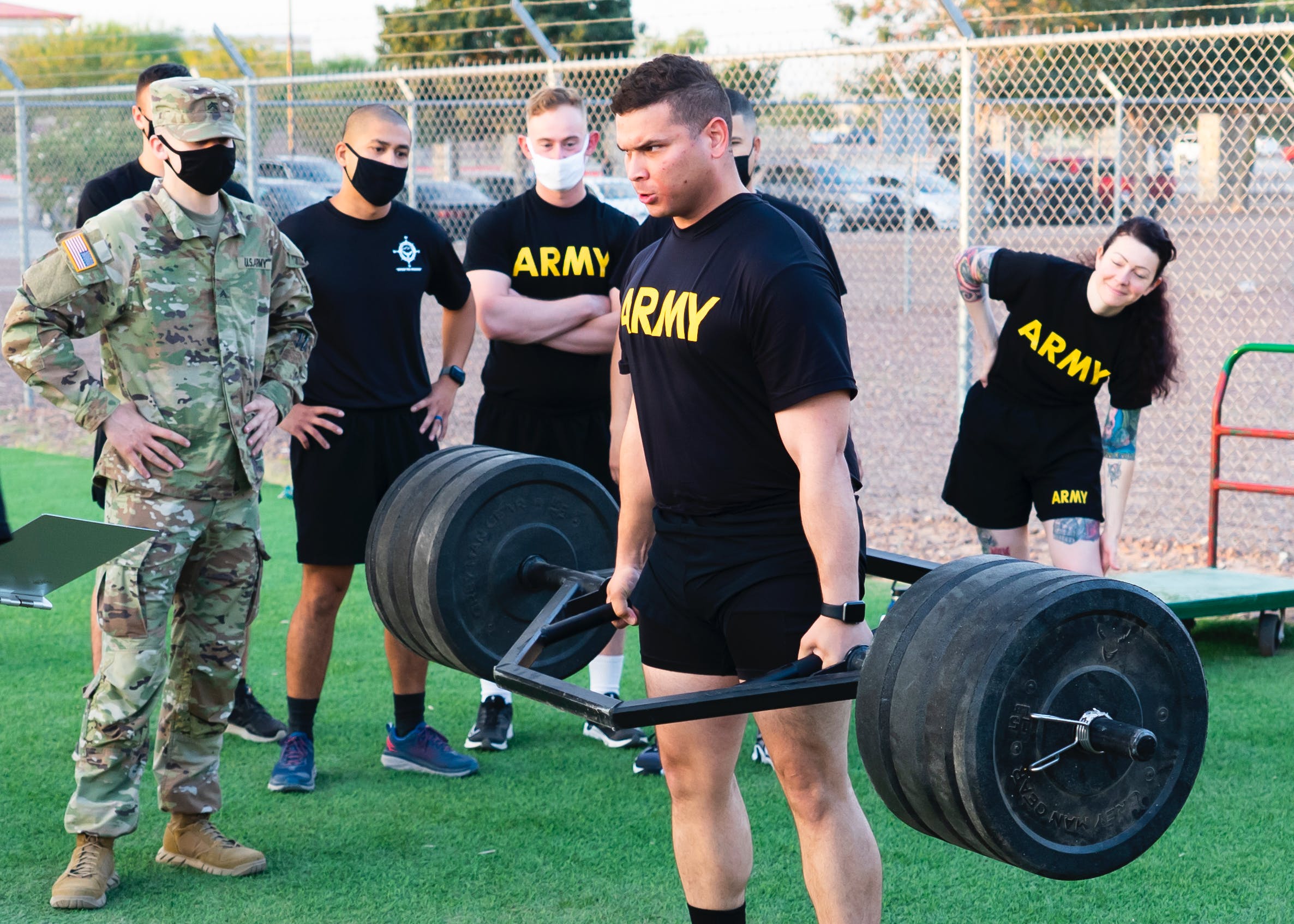Six Benefits of Exercise on Mental Health and How to Program it
By BridgeAthletic on February 19, 2025
Exercise is not only vital for physical health but also plays a transformative role in mental well-being. The relationship between fitness and mental health is backed by robust scientific principles and research, highlighting exercise as a powerful tool to combat stress, anxiety, depression, and more. Below, we explore the key mental health benefits of exercise, the mechanisms behind these benefits, and the types of exercise that yield the best results for each area, including recommendations for frequency, duration, and intensity.
Read More4 Easy Steps to Launch and Sell a Holiday Fitness Program with Bridge
By Andy Pate on November 25, 2024
The holiday season offers a unique opportunity for personal trainers to reach more clients and boost revenue. But other commitments over the holiday season can make it difficult to find the time to create programs, promote them, and ultimately deliver them to clients. The reality is that creating and launching a new program doesn’t have to be time-consuming or complicated. With Bridge, you can build a high-quality, 4-week holiday fitness program in just one day and have it ready to sell directly through the Bridge online store—fast, efficient, and completely hassle-free.
In this guide, we’ll show you just how easy it is to design a program that appeals to clients looking to stay active during the holidays.
4 Proven Offers to Attract Clients and Boost Sales for Your Training Business
By BridgeAthletic on November 25, 2024
Standing out in the competitive world of personal training and fitness coaching requires more than just skill—it takes the right strategies. Between managing your current clients, designing programs, and marketing your services, finding the time to grow your business can feel overwhelming. But what if there was a way to attract more clients and drive sales without adding hours to your already-packed schedule?
In this guide, we’ll share five proven offers that personal trainers can use to bring in new clients, boost revenue, and take their business to the next level. These strategies are designed to help you maximize your impact while keeping your workload manageable, so you can focus on what you do best—helping people achieve their fitness goals.
As someone who owns exactly one suit, this topic may seem significantly outside of my wheelhouse. And it is. However, my interest in learning about the most random things I come across led me to notice a point of comparison between the world of custom-made suits and my experience programming in the Tactical sector.
Read MoreAs a strength coach and physiologist, I often get asked about tapering and how it fits into a training program. Simply put, tapering is the final step in a training plan to ensure athletes are at their best for a competition.
Read MoreStrength Training Beyond Maximal Strength: Enhancing Endurance and Work Capacity
By Nicholas Goode, MS, CSCS on May 28, 2024
When strength and conditioning coaches enter the weight room, the main goal is to develop the primary physical capacities that are most related to the athlete’s sport. The most common objectives of strength training are increasing maximal strength and power output. However, as a part of most periodized training programs, strength coaches often include high volume/repetition training phases with the goal of increasing muscle size, and additionally work capacity and metabolic alterations which can support greater strength adaptations down the road.
Read MoreLeaning into a Bottom-Up Framework in Tactical Human Performance Optimization
By JD Mata MS, CSCS,*D, TSAC-F,*D, RSCC on April 04, 2024
All views expressed are those of the author and do not necessarily reflect the policies or opinions of the United States Government, The Department of Defense, or The Department of the Air Force.
Read More4 SOP's you Can Implement Today in your Programming
By Craig Rasmussen, CSCS, SFG, SFL on February 08, 2024
In the popular book, Extreme Ownership, co-authors Jocko Willink and Leif Babin discuss standard operating procedures (SOP's) extensively. They describe SOPs as a means of creating a clear process to make commonly performed tasks as efficient as possible.
Read MoreHow Train 4 The Game Decreased Coach Burnout with Automation in BridgeAthletic
By BridgeAthletic on November 02, 2023
Train 4 The Game is a renowned training center with a rich legacy of excellence, spanning over two decades of operation in Austin, Texas. They bring together a team of coaches with an impressive total of over 120 years of combined coaching experience. This esteemed group has successfully trained over 800 professional and college athletes to reach the pinnacle of their performance and guided thousands of individuals in their journey to regain full mobility after minor and major injuries. Additionally, they've helped numerous clients achieve their goals in weight loss and strength gain.
What sets Train 4 The Game apart is their team of coaches, all experts in Applied Functional Science, with bachelor's degrees in exercise science, and several holding master's degrees in exercise physiology. This level of expertise ensures that every client, ranging from age 9 to 92, receives personalized and top-tier training.
Read More








